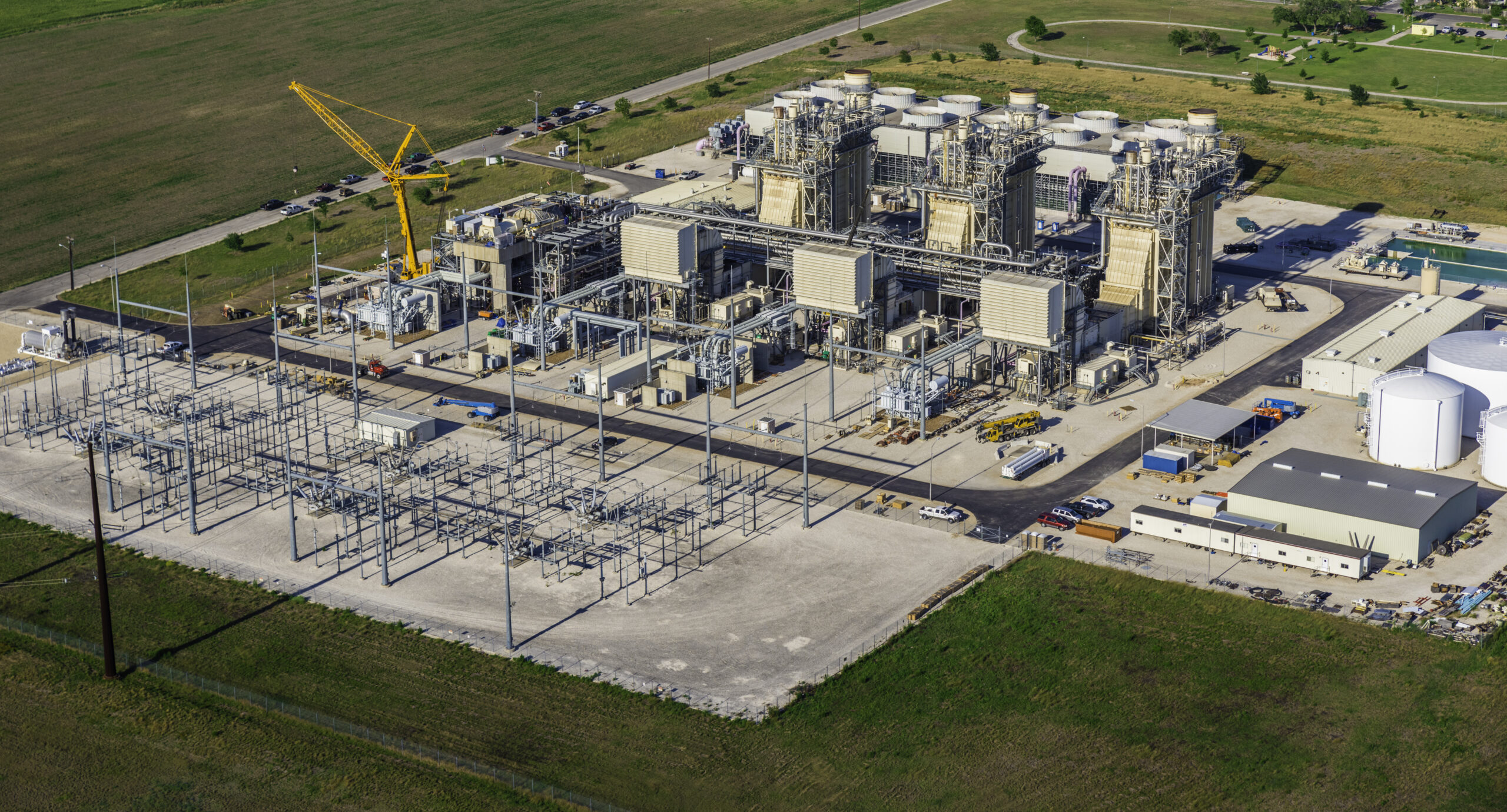
Austin Energy’s proposal to construct a new power plant faced rejection this week from a crucial working group of the city’s Electric Utility Commission. The group cautioned that the project was excessively costly and did not align with the city’s climate objectives. This criticism, although anticipated, further exacerbates the divide between the city-run utility and many members of the commission.
Over the past two years, Austin Energy has been diligently working on a plan to build a natural gas plant that could potentially be converted to utilize hydrogen fuel in the future.
The Resource Generation Plan Working Group dismissed the notion of constructing the natural gas power plant, citing concerns regarding air pollution and water consumption.
The primary responsibility of this working group is to review Austin Energy’s plans for future power generation and ensure that the utility achieves its climate target of being carbon emissions-free by 2035.
Comprised of members from Austin’s Electric Utility Commission, which is an oversight board appointed by the Austin City Council, the working group will ultimately vote to approve or reject the utility’s generation plan before it is presented to the council.
The working group expressed doubts about the feasibility of converting the plant into a hydrogen-powered facility in the future, which would be more environmentally friendly.
“Our primary concerns are the cost and the impact on local air pollution,” stated Electric Utility Commissioner Cyrus Reed. “The working group believes that relying on this technology in 2024 may not be a prudent decision.”
cyrus reed, EUC commissioner
Instead of proceeding with Austin Energy’s plan, Reed, a member of the working group, and others proposed an alternative approach to meet future energy requirements without constructing a new power plant. This alternative plan heavily relies on the integration of renewable energy, the enhancement of local solar power, and increased energy efficiency.
Reed, a member of the working group, along with others, proposed an alternative approach to Austin Energy’s plan. Instead of moving forward with the plan, they suggested a strategy that heavily relies on incorporating renewable energy, enhancing local solar power, and improving energy efficiency. This alternative plan aims to meet future energy needs without the construction of a new power plant.

After receiving input from the working group, Lisa Martin, the chief operating officer of Austin Energy, expressed her support for prioritizing renewable energy. However, she pointed out that certain aspects of the recommendation fail to address the affordability and reliability challenges faced by Austin Energy.
Martin emphasized the importance of being adaptable and responsive in achieving a clean and efficient energy future. She acknowledged the need for flexibility in determining the best path forward.
Austin Energy’s proposal to build a new gas power plant as a transitional solution was met with skepticism by the Resource Generation Plan Working Group. The group concluded that the technology required for generating power through green hydrogen is too expensive. It relies on a consistent supply of renewable energy and has a significant demand for water resources.
Furthermore, the group highlighted supply-chain issues related to electrolyzers, the devices used to generate hydrogen power. These issues contribute to the high cost of technology.
The working group also noted that there is currently no available or affordable source of zero-emissions green hydrogen within the state. Even if such a supply existed, constructing the necessary combustion pipeline for the new plant would take years and likely miss the city’s goal of achieving carbon-free utility emissions by 2035.
Additionally, a hydrogen combustion pipeline can result in higher levels of nitrogen oxide air pollution compared to natural gas, as stated in a 2018 report published in the International Journal of Hydrogen Energy. Nitrogen oxide emissions can have adverse health effects, particularly for individuals with respiratory issues like asthma.
During the meeting, Kaiba White, a member of the utility commission, highlighted that Austin has already surpassed the federal ozone levels.
“It’s bad for public health that we have air that is over health-based standards,” she said. “Adding another source was something that the working group did not endorse.”







